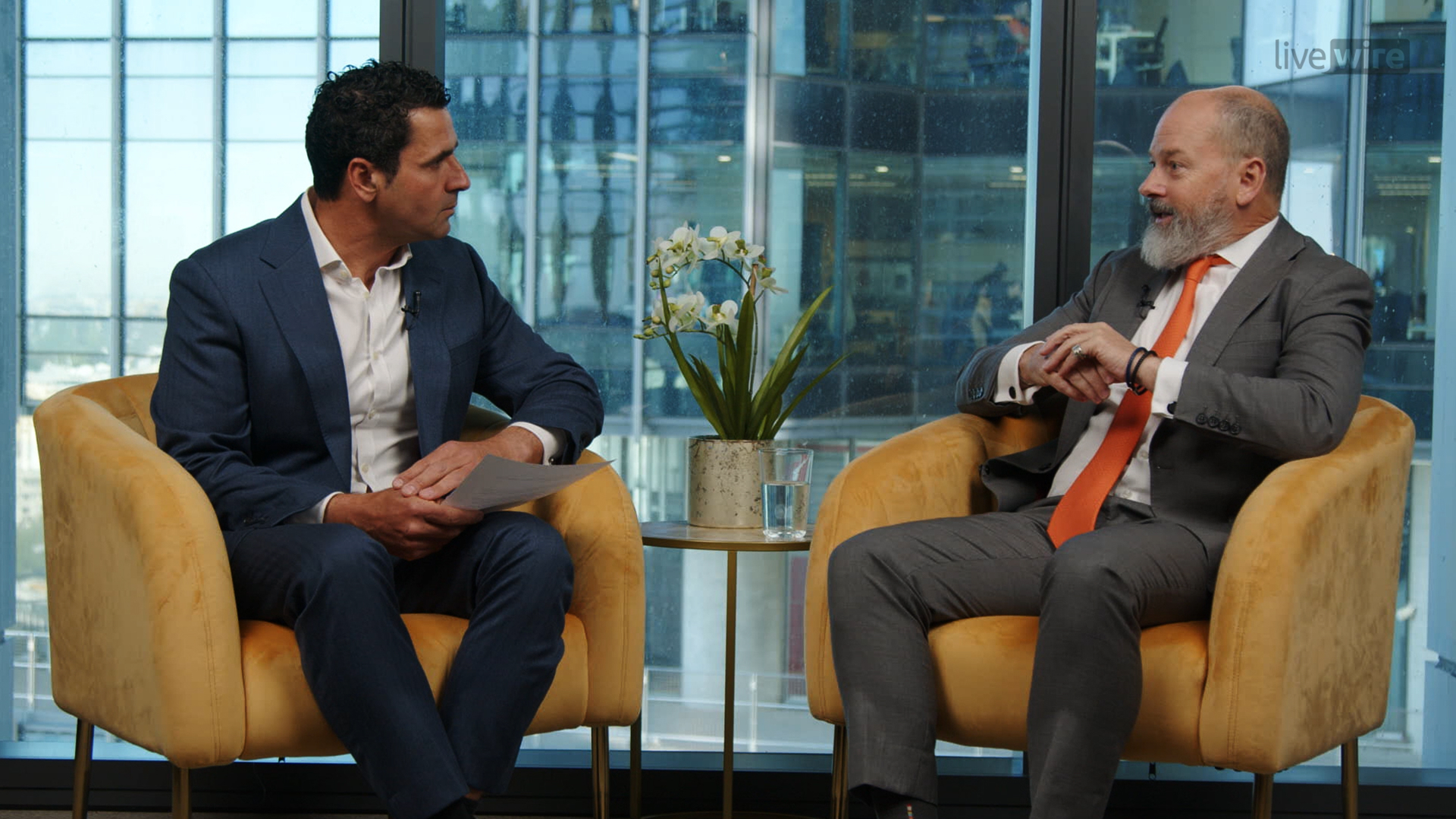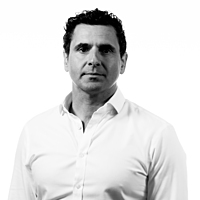Equity-like returns and a favourable outlook ahead: now is the time for bonds
Tariffs have been the theme of 2025 and the source of much volatility across markets. While investors have been caught up in equity movements, the bond market has been surprisingly ‘well behaved’ and has offered strong performance across the past year.
In fact, it may surprise many investors to realise that core bonds returned between 8% and 9% for the last financial year. In other words, equity-like returns for a typically more defensive investment.
Robert Mead, Co-Head of Asia-Pacific Portfolio Management at PIMCO, notes that this result has come without the attention typically seen in the core space.
“It shouldn’t be that surprising for investors, given about 95% of expected returns from core bonds over the next three to five years is explained by the starting yield.
When starting yields are high like they are now, it’s not surprising that bond returns are also high,” Mead says.
Even better, that same trade policy fragmentation that continues to drive news cycles could be a tremendous source of opportunity for active investors in this space.
In this interview for Livewire’s Income Series, Mead shares how investors can take advantage of trade policy fragmentation to make the most of higher yields, the outlook for bonds, and why investors need not fear a repeat of the breakdown of the negative correlation between bond and equity returns seen in the pandemic era.
Returns in a challenging backdrop
Mead points out that there has been a “stunning” movement in rates over a short period of time that bond investors have had to deal with.
“It was only three years ago or through the post-pandemic period where the 30-year bond yield in the US was 1.5%, now it’s 5%, so yields have moved a long way,” Mead says, pointing out that inflation now appears to be under control and we are moving into an easing cycle.
“While we’ve started into a central bank cutting cycle in most jurisdictions, at the same time yield curves have been steepening.
The yield across a bond fund has barely changed from a year ago. Looking forward, it’s actually a pretty rosy picture as well,” he says.
Over the past few years, investors have also had to contend with debt, sustainability, and the volume of government bonds being issued as considerations when investing in the bond market. And, of course, increased geopolitical uncertainty, including around trade policies, with a “daily news flow that is quite random at times.”
.jpg)
Monitoring government debt
In an environment of unprecedented debt levels – the US is currently running a $37 trillion deficit – investors may have concerns about the bond market.
Mead believes they are sustainable and there will always be a buyer base willing to fund most governments. It all comes down to the price of the debt.
“There’s no surprise that when you run big fiscal deficits, interest rates go up, yield curves steepen as investors want more premium for uncertainty, or more premium for increased supply. Coming back to the 30-year yield number of 5%, that is already reflecting what the market can see is coming down the pike in terms of issuance,” Mead says.
Of greater concern to Mead is that large deficits in a positive growth environment mean a lack of reserves for the other side of the growth trajectory.
“It means that central banks have to do all the heavy lifting again, because the fiscal authorities have less firepower given they’re already running large deficits, especially in the US,” he says.
Mead notes that investors have not pivoted enough to take advantage of the complete repricing of yields in the wake of government debt and adjustment in interest rates – he expects to see significant rebalancing of portfolios going forward.
Fears of a repeat of positive correlations between equities and bonds
“If you look at the data over the long run, it’s true that when inflation is above central bank targets, correlations of all assets go up,” says Mead.
According to Mead, however, investors concerned about the diversification benefits of bonds versus equities need not worry in the current environment. With inflation back within target ranges, the lower correlations should establish themselves.
“That’s where we are right now. To build an efficient portfolio, correlations don’t need to be negative, they just need to be low and they are now low.
It’s an opportune time to be diversifying not just into bonds, but into a range of different risky assets,” he says.
Investing through repricing and trade fragmentation
Going forward, Mead encourages investors to consider the changing global dynamics and link them to pricing. He reminds that tariffs are typically inflationary for the country implementing them and deflationary for the rest of the world.
“As a bond investor, you want to be thinking about where you’re getting the best real returns. The rest of the world is starting to look more attractive than the US, even though US yields are much higher,” Mead says.
For example, he explains that investors who foresee a lot of supply where a higher yield will be required will want to invest further down the yield curve.
“You want to be around the five or seven-year part of the curve, take advantage of the fact that central banks are still cutting and generate some capital gain through the concept of roll down in the curve,” Mead explains.
While bonds have had a good year, Mead believes positive returns are far from over, and it’s a great opportunity to generate alpha well above the index for active managers. This is in an environment where he’s seeing attractive returns for the index itself (given high starting yields as mentioned earlier). Better yet, it’s a theme for coming quarters and years.
5 topics
1 contributor mentioned


